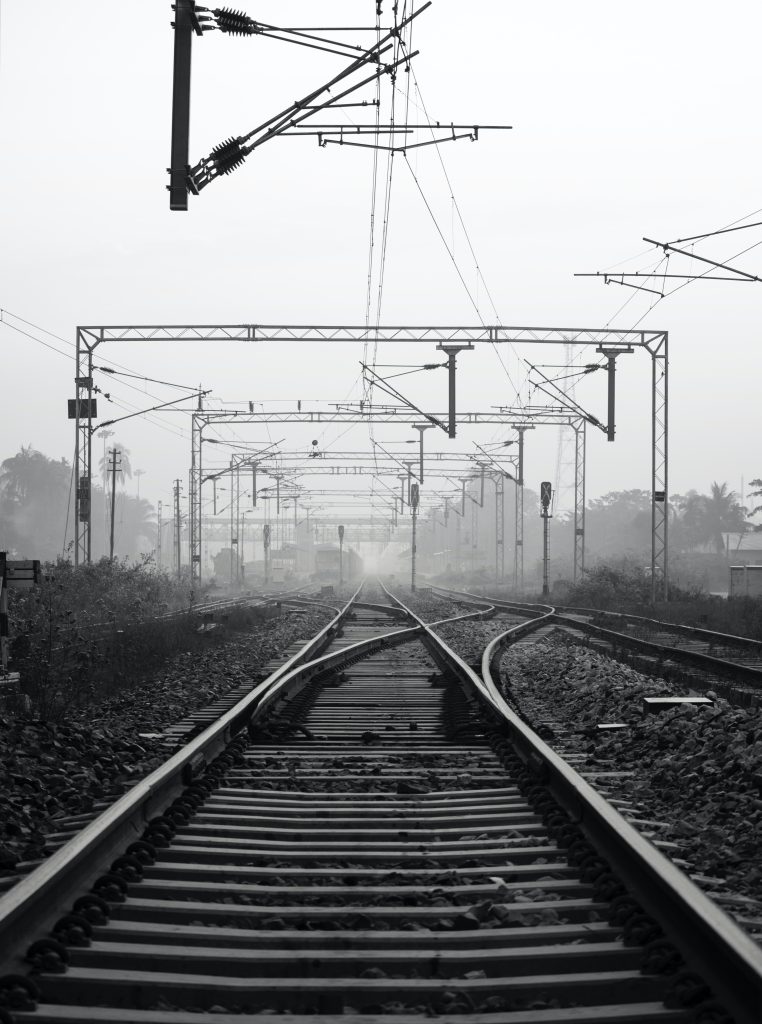
One early morning, a freight train got caught in the overhead electrical wire, causing a large traffic disruption which affected all train traffic in the area and resulted in delays and cancelled trains for almost 24 hours. This is what one of our most recent publications is about: the incident, the effects it caused on the traffic flow, and more specifically, how the situation was handled and solved from within the traffic control room.
The train traffic system, like most infrastructures in society, plays an important role in everyday life by facilitating a continuous flow of people and goods. What is unknown to many is the very large and complex organisation of work that lies behind a functioning train traffic system. In the Swedish context, the organisation of train traffic involves numerous stakeholders and one of the main actors is the traffic controllers. Although much less studied than traffic control for aviation, the tasks and responsibilities are very similar—as are the challenges. These challenges are very much characterised by the fact that the control task is done remotely from a centralised control room, and that the traffic controllers are dependent on train drivers and others situated along the railway to act as the ‘eyes and ears’ of the control room. These people, together with advanced technologies, make it possible for the control room to stretch out and reach through time and space, making coordination the core task of traffic control.
The publication reports on a unique case study in which an unexpected real-time incident is described and analysed as the situation unfolds. Most reports on accidents and incidents are conducted in retrospect, but not this case study as I happened to be present in the control room at the particular time when the incident took place. Accordingly, this paper provides novel insights into how the incident was handled and with the use of participant observations and informal interviews, a rich understanding of the work practices was captured. The analysis resulted in a detailed description of the work in the control room which can be divided into three phases: grasping what has happened and the severity of the incident, handling the incident and the immediate effects it had on the traffic, and finally mitigating the long-term consequences of the incident as these affected the traffic for almost 24 hours.
The unfolding of the incident repeatedly revealed that the workers had to cope with challenges related to time and space and as a way to describe and understand this aspect of the work, we turned to a concept originally used in the agricultural, landscape, and geographical domains, namely the concept of ‘sense of place’. The concept describes a certain meaning and relationship beyond the mere spatial between humans and places. A place is thus conceptualised as a centre of cognitive, affective, or attitudinal meaning. Although not previously applied to control room research, this study shows that ‘sense of place’ is something the workers actively strive to develop and that supports them in handling the situation although they were 150 kilometres away from the situation they were to handle. In future work, we aim to continue to explore how, and to what extent, the ‘sense of place’ concept can aid a deepened understanding of the control room work.
For those interested in the details, you can find the full paper here.
Reference
Cort, R. & Lindblom, J. (2023). Sensing the Breakdown: Managing Complexity at the Railway. Culture and Organisation, DOI: 10.1080/14759551.2023.2266857.
